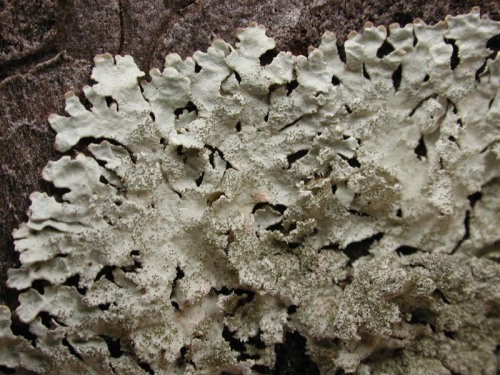
photo credit: Winter Forest via photopin (license)
This year, winter has come late and with a vengeance. Snow lies in piles and drifts over every available surface, and movement through this landscape is muffled, strenuous. In the forest, the deciduous trees stand bare of adornments, their spindly limbs betraying no memory of summer. I’ve lived in a temperate climate my whole life, and though I’ve seen seasons come and go, the cycling of trees through the seasons retains a familiar mystery, year after year.
In the coldest months of the year, trees survive by becoming dormant, a condition in which tissue growth or elongation is paused. When the tree is dormant, all its biological processes–metabolism, growth, and energy production–are slowed or halted for a time. Dormancy isn’t a switch that turns on and off; rather, it is a gradual process that begins long before winter, cued by shorter day length and cooler temperatures.
Length of day is sensed by a specialized pigment called phytochrome. Phytochrome is a type of photoreceptor, which means that it is sensitive to light; in this case, light waves at the red end of the spectrum. Longer nights result in the production of a chemical called abscisic acid (ABA), which signals to the tree that it’s time to begin preparations for dormancy.
As the tree responds to these stimuli and growth slows, the production of chlorophyll slows, and leaves change color (for more on the color of fall leaves, see this post). A layer of cells grows between the branch and the base of the leaf stem, essentially cutting the leaf off from the tree so that it falls away. Since no food production is necessary during the dormant phase, the leaves are not needed until spring. As William Carlos Williams’ poem, “Winter Trees,” observes so eloquently:
All the complicated details
of the attiring and
the disattiring are completed!
A liquid moon
moves gently among
the long branches.
Thus having prepared their buds
against a sure winter
the wise trees
stand sleeping in the cold.
The shortening days of fall combined with increasing cold send the tree through this pre-dormancy phase into true dormancy, which begins a few weeks after growth has stopped. Nothing now can wake the tree until a genetically-determined number of “chill-hours” has been met. During this time, trees grow even more resistant to cold through such strategies as production of antifreeze compounds from sugars, evacuation of water from cells, and addition of fatty acids to cell membranes.
Over time, deciduous trees in temperate climates have evolved responses that ensure the highest chance of survival through recurring bitter winters. When spring comes, the trees will sense the warmth and begin to return to normal functioning. But for now, the wise trees stand, sleeping in the cold.
REFERENCES
Campbell, Eileen 2012. “How do trees survive winter?” Mother Nature Network. Link
Krulwich, Robert 2009. “Why Leaves Really Fall off Trees.” NPR. Link
Shen Li 2011. “How Do Trees Know When to Wake Up?” Outside Story: Northern Woodlands. Link
“Winter Trees” by William Carlos Williams. Read it here.






